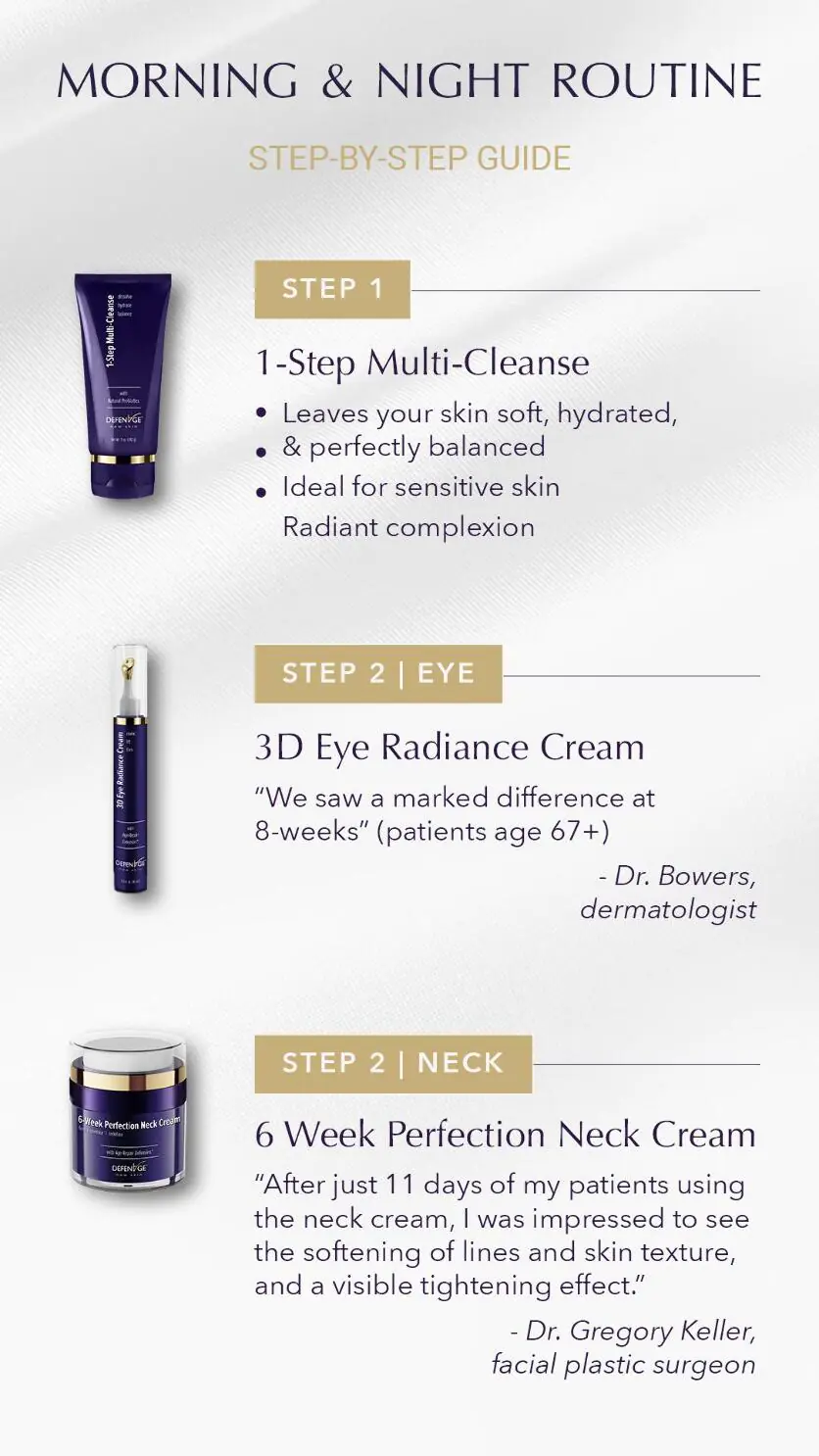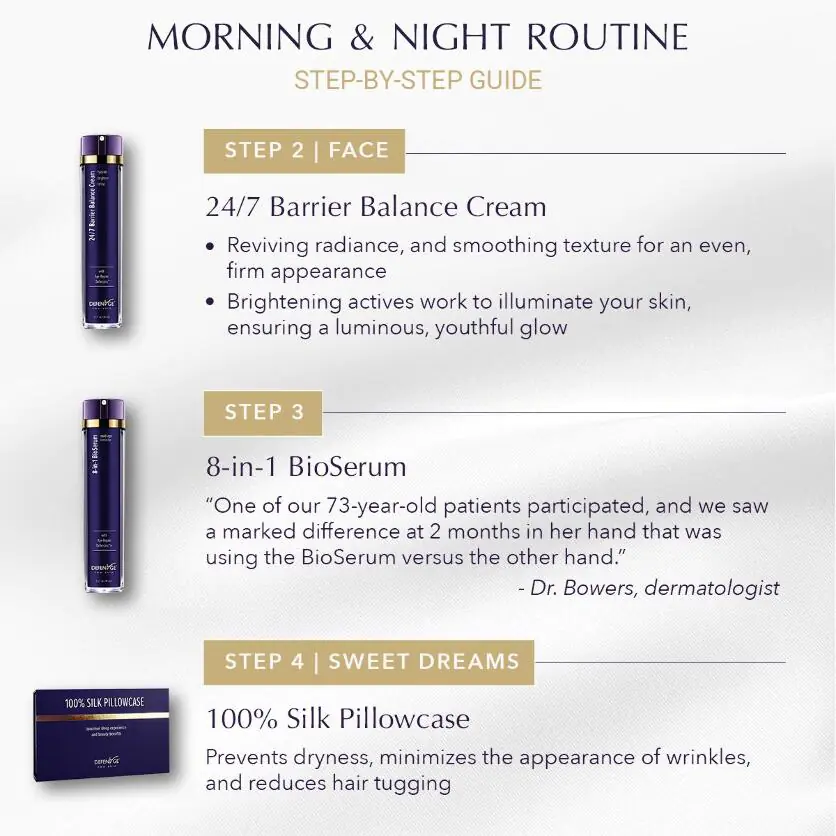Learn how post-purchase education can reduce returns to under 1% and increase reorder rates to 44%. Discover DefenAge's proven strategies for customer retention and higher LTV.
Post-Purchase Customer Education: The Key to Higher Retention and Happier Customers
Executive summary: 3 Simple Steps to Start Post-Purchase Education (Even With Limited Resources)
Identify common post-purchase questions. Ask your customer service team about the most frequent issues customers face after buying. These are pain points your educational content should tackle first.
Start small with 3-5 simple emails. Focus on proper product usage for your bestsellers. You don't need an extensive program—begin with a few key messages and expand as you see results.
Measure the impact. Run a basic test: send educational content to half your customers and compare their behavior to those who don’t receive it. If you show lower returns or more repeat purchases, securing buy-in for further investment will be much easier.
Why Post-Purchase Education Matters
The Impact on Key Metrics
Creating an Effective Post-Purchase Education Strategy
Step 1: Map the Customer Journey
Review customer support conversations to identify common friction points (e.g., "How do I set this up?" or "When should I apply this product?").
Study product reviews to find patterns of confusion or misuse.
Ask your customer service team to track recurring post-purchase questions.
Map out the typical usage timeline of your product (first use, regular use, maintenance, etc.)


Step 2: Develop a Content Plan
Build an automated email workflow that delivers educational content over time.
Focus on key topics like proper usage techniques, maintenance tips, and lesser-known product features.
Cater to different customer segments by including both basic and advanced tips.
Use a mix of formats such as videos, guides, tutorials, FAQs to make content engaging and accessible.

Step 3: Personalize the Experience
Segment customers by product purchased. For example, send different education sequences to customers buying skincare for dry skin versus oily skin.
Create separate content tracks for new and repeat customers. Their needs and familiarity with the product will be different.
Track engagement and adjust. Identify which educational emails perform best in different segments and send follow-up content based on those insights.
FAQ: How to Overcome Common Post-Purchase Customer Education Challenges
How can I create effective educational content with limited resources?
Start with high-impact areas first: Prioritize best selling products or services that generate the most customer questions.
Mine your existing data: Analyze customer service tickets, product reviews, and social media comments to identify recurring issues.
Repurpose existing content: Turn internal training materials, product documentation, or customer service scripts into customer-facing educational content.
Create scalable formats: Develop templates for emails, videos, or guides that can be adapted across different products.
Leverage user-generated content: Encourage customers to share their experiences and tips through reviews or community forums.
Why do my educational emails have low open rates, and how can I increase engagement?
Optimizing timing. Send content when customers are most likely to need it—right after purchase or at key usage milestones.
Keeping it concise. Cover one topic per email using bullet points, short paragraphs, and clear headings.
Personalizing when possible. Tailor content based on the customer’s purchased products and behavior.
Using multiple formats. Experiment with videos, infographics, interactive guides, and plain text emails to see what resonates.
Creating clear value. Show customers how the content will improve their experience with the product.
Optimizing for mobile. Ensure emails and any linked content are easy to read on mobile devices.
How can I measure the ROI of my post-purchase education programs?
Track content engagement metrics. Monitor how customers interact with educational content, including open rates, click-through rates, video completion rates, and time spent on materials. Adding quick feedback requests, such as "Was this helpful?" buttons, can provide immediate insights.
Monitor before-and-after metrics. Compare key performance indicators before and after implementing education programs:
Customer retention rates
Product return rates
Support ticket volume
Average resolution time
Net Promoter Score (NPS)
Average Order Value (AOV)
Customer Lifetime Value (CLV)
Сustomer loyalty metrics
Repeat purchase rates
Use attribution modeling. Implement tracking that connects engagement with educational content to follow-up purchases.
Conduct controlled tests. The most reliable way to measure impact is to create a control group that doesn't receive educational content and compare their metrics against customers who do.
What channels are best for delivering post-purchase educational content?
Email: Ideal for structured, in-depth information and sequential learning paths.
SMS/Text messages: Great for quick reminders and time-sensitive updates, like "Your order arrives tomorrow—here's how to set it up in 5 minutes."
Mobile app notifications: Excellent for delivering guidance in real-time, such as feature tips when a user is to navigate to a specific section.
Product packaging: Perfect for essential first-use instructions.
Online knowledge base: A valuable resource for customers to find detailed information when needed.
Video tutorials: Highly effective for demonstrating proper usage techniques in a clear, engaging way.
Webinars: Best suited for complex products requiring interactive learning.
Community forums: Encourages peer-to-peer education and support.
Influencer content: Helps showcase product usage in real-life scenarios.
How frequently should I send educational content to customers?
Product complexity: More complex products may require more frequent guidance.
Customer preferences: Some customers appreciate regular communication, while others prefer less frequent updates.
Usage timeline: Align content delivery with typical product usage patterns.
Customer lifecycle: New users may need more support, while experienced customers benefit from occasional advanced tips.
Start with more frequent communications right after purchase, when customers need more guidance.
Gradually reduce frequency as customers become more familiar with the product.
Offer a preference center where customers can choose how often they receive updates.
Test different cadences and track engagement to find the best balance.

